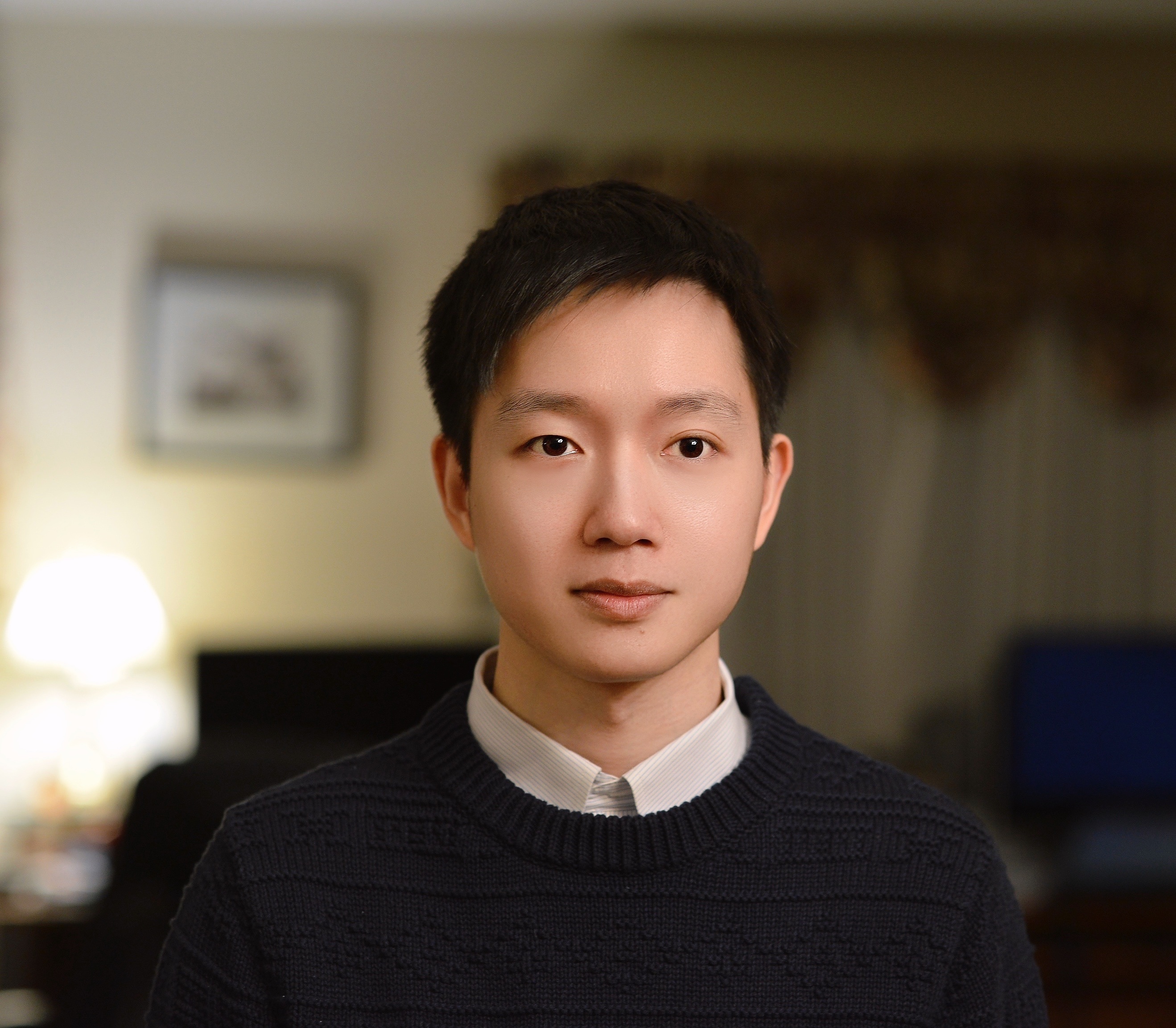Cited By
View all- Chen WLin SPeng ZParizi FHeo SPatel SMatusik WZhao WStankovic J(2024)ViObjectProceedings of the ACM on Interactive, Mobile, Wearable and Ubiquitous Technologies10.1145/36435478:1(1-26)Online publication date: 6-Mar-2024
- Chen WHu YSong WLiu YTorralba AMatusik W(2024)CAvatarProceedings of the ACM on Interactive, Mobile, Wearable and Ubiquitous Technologies10.1145/36314247:4(1-24)Online publication date: 12-Jan-2024



